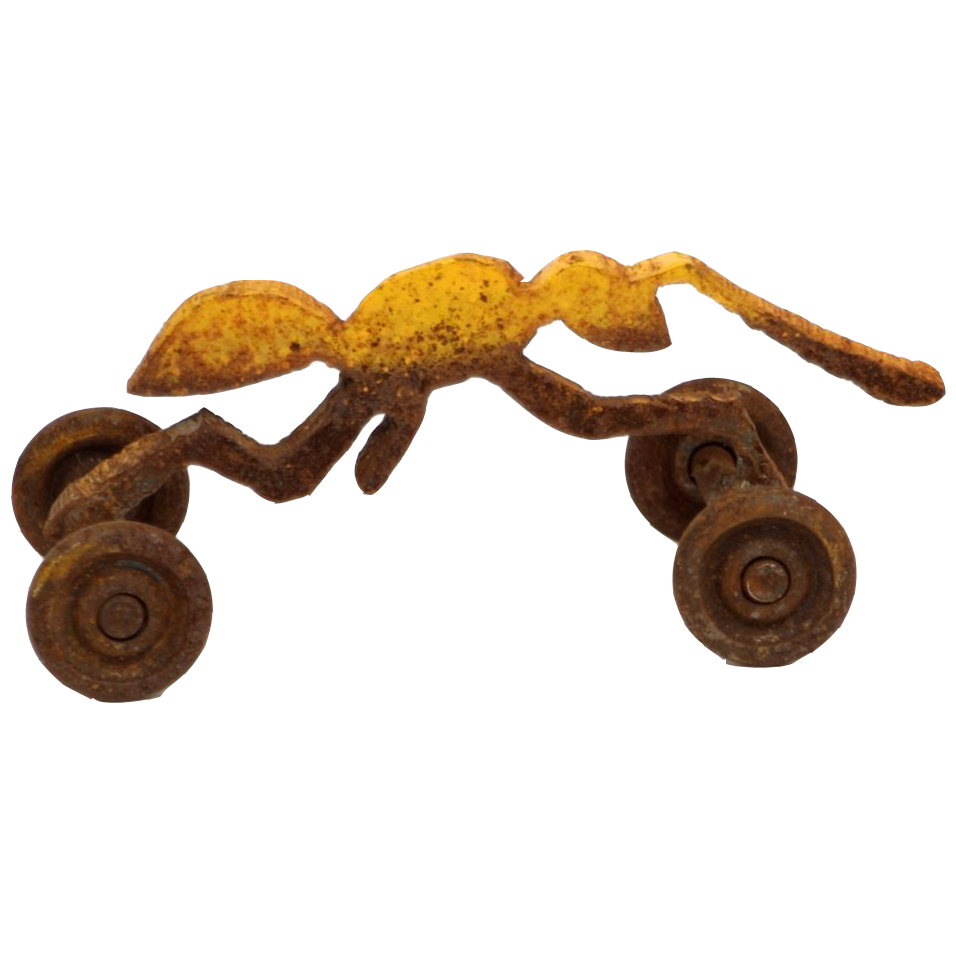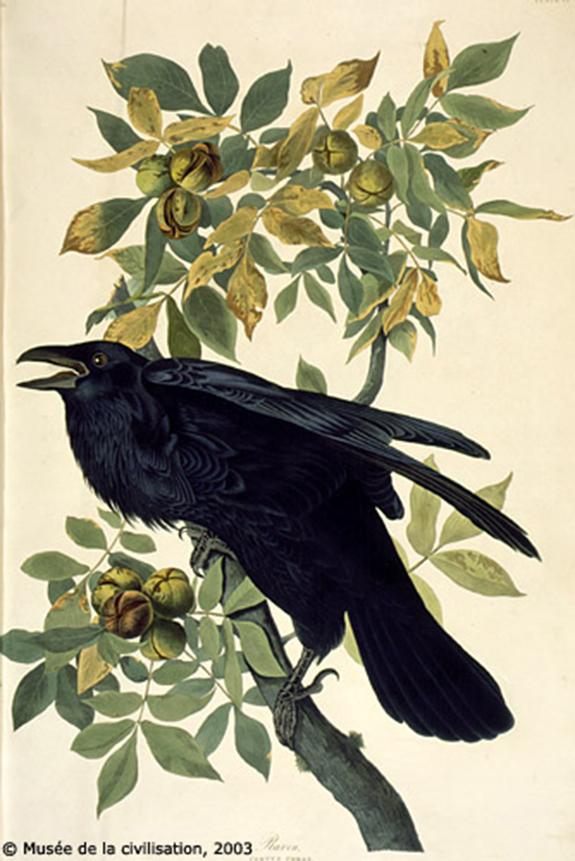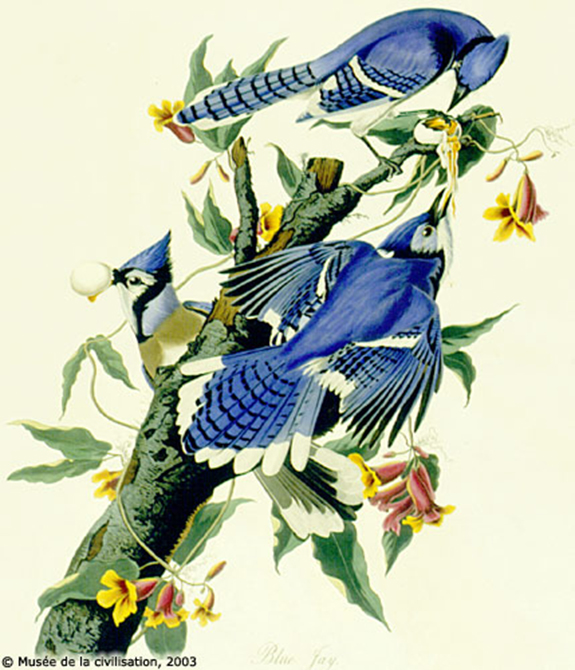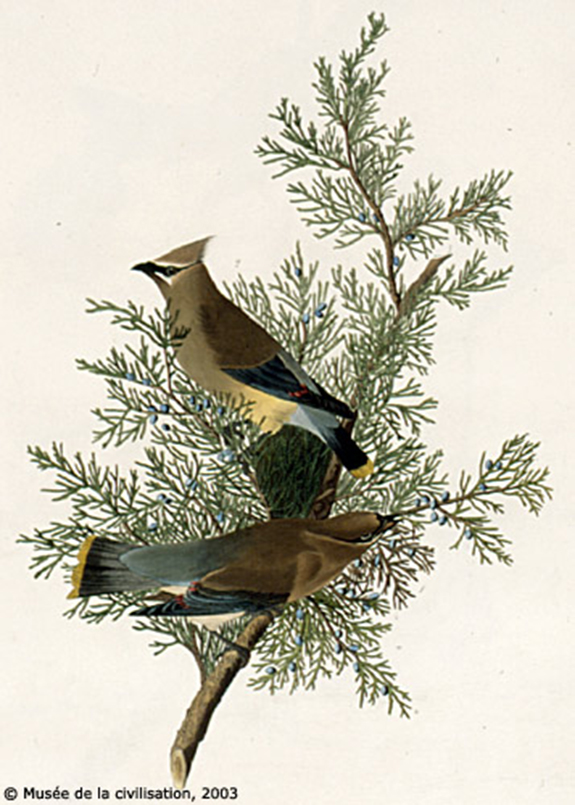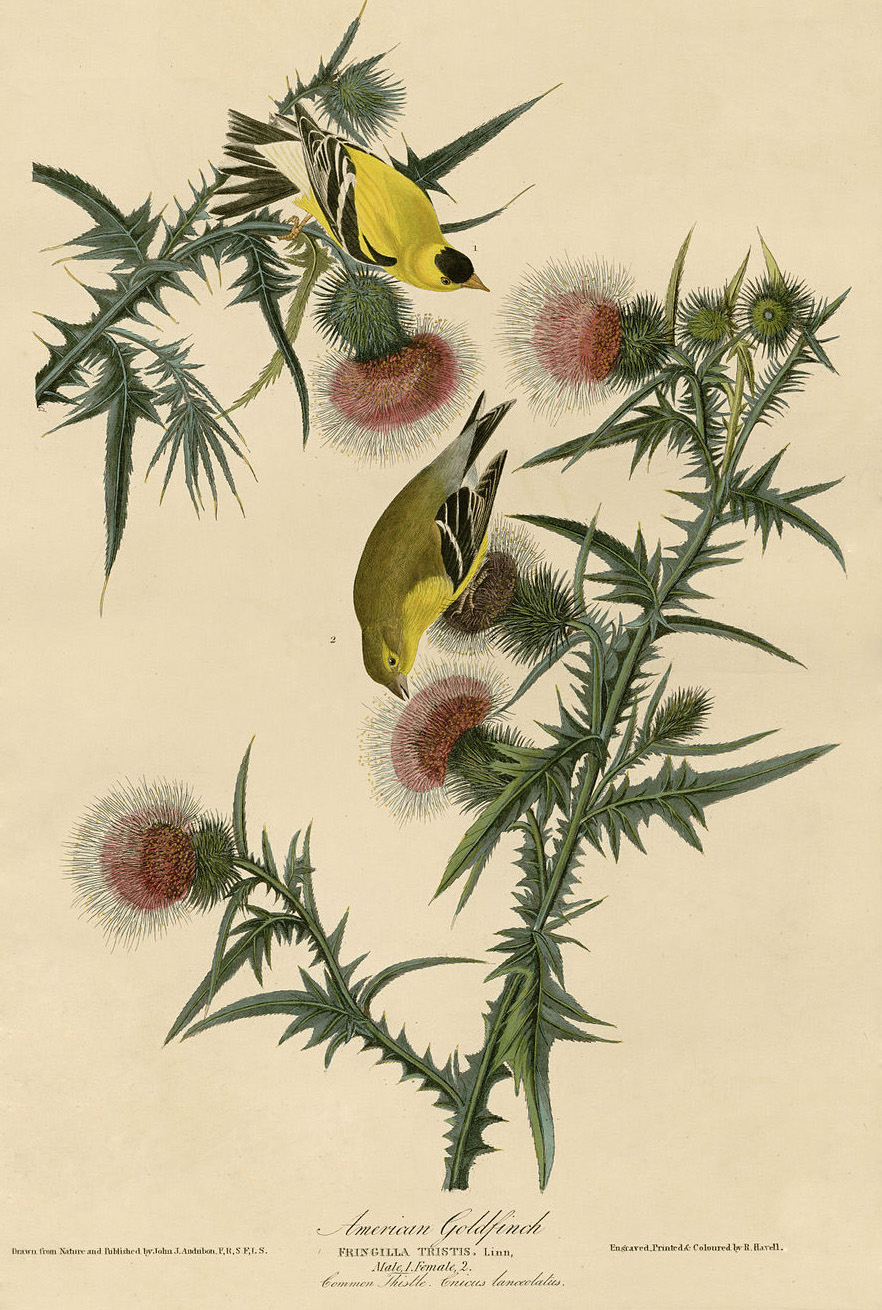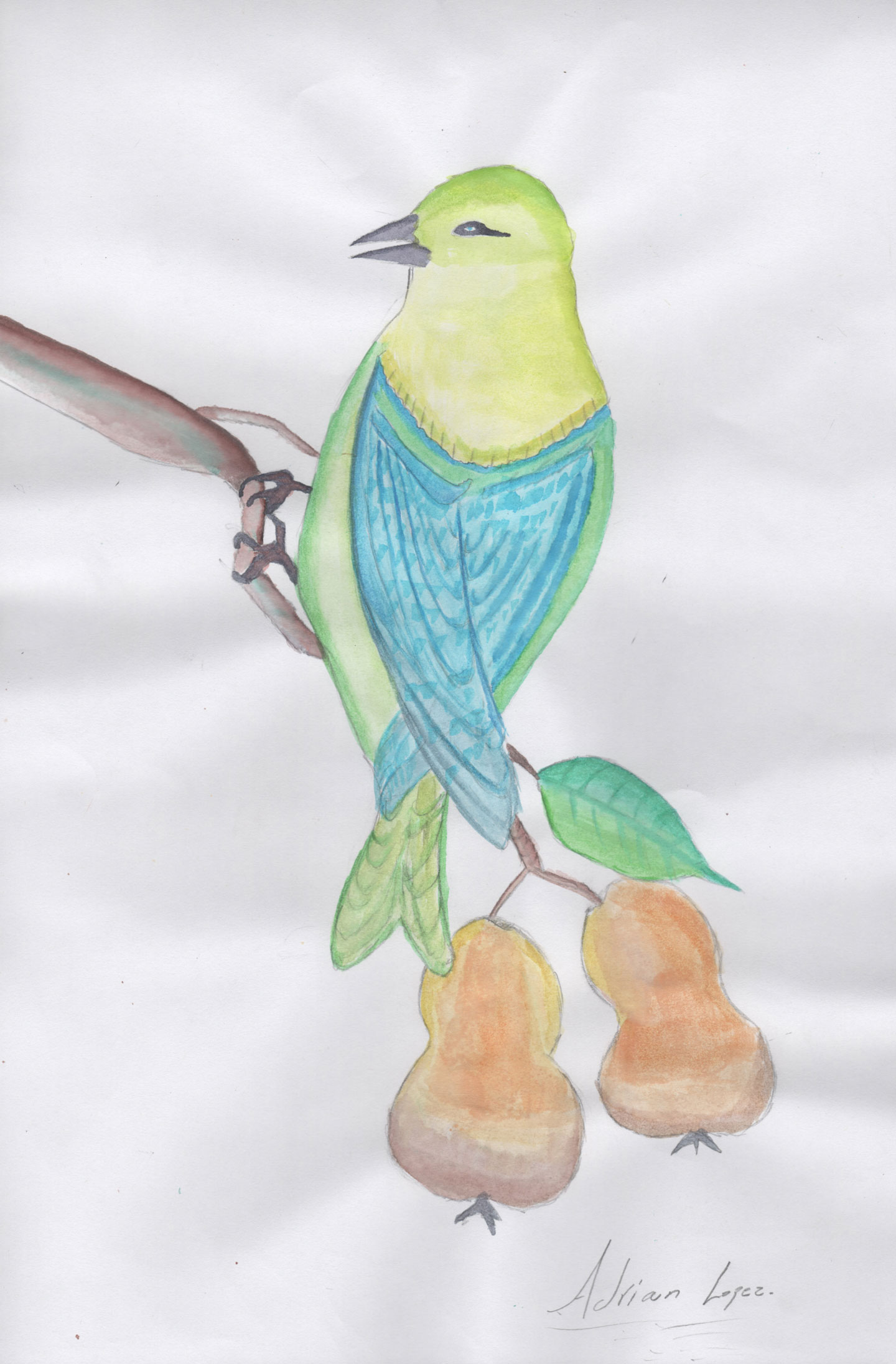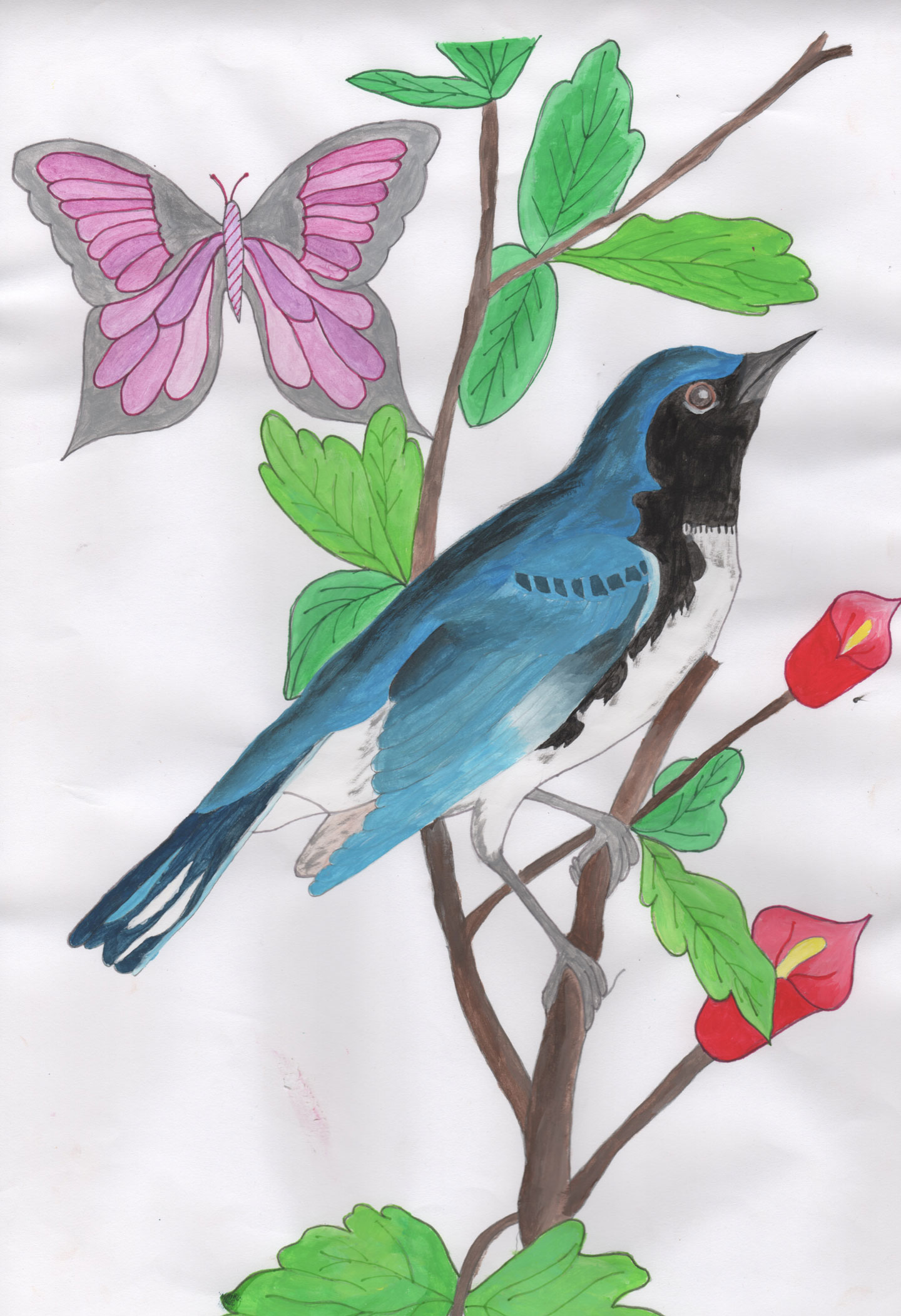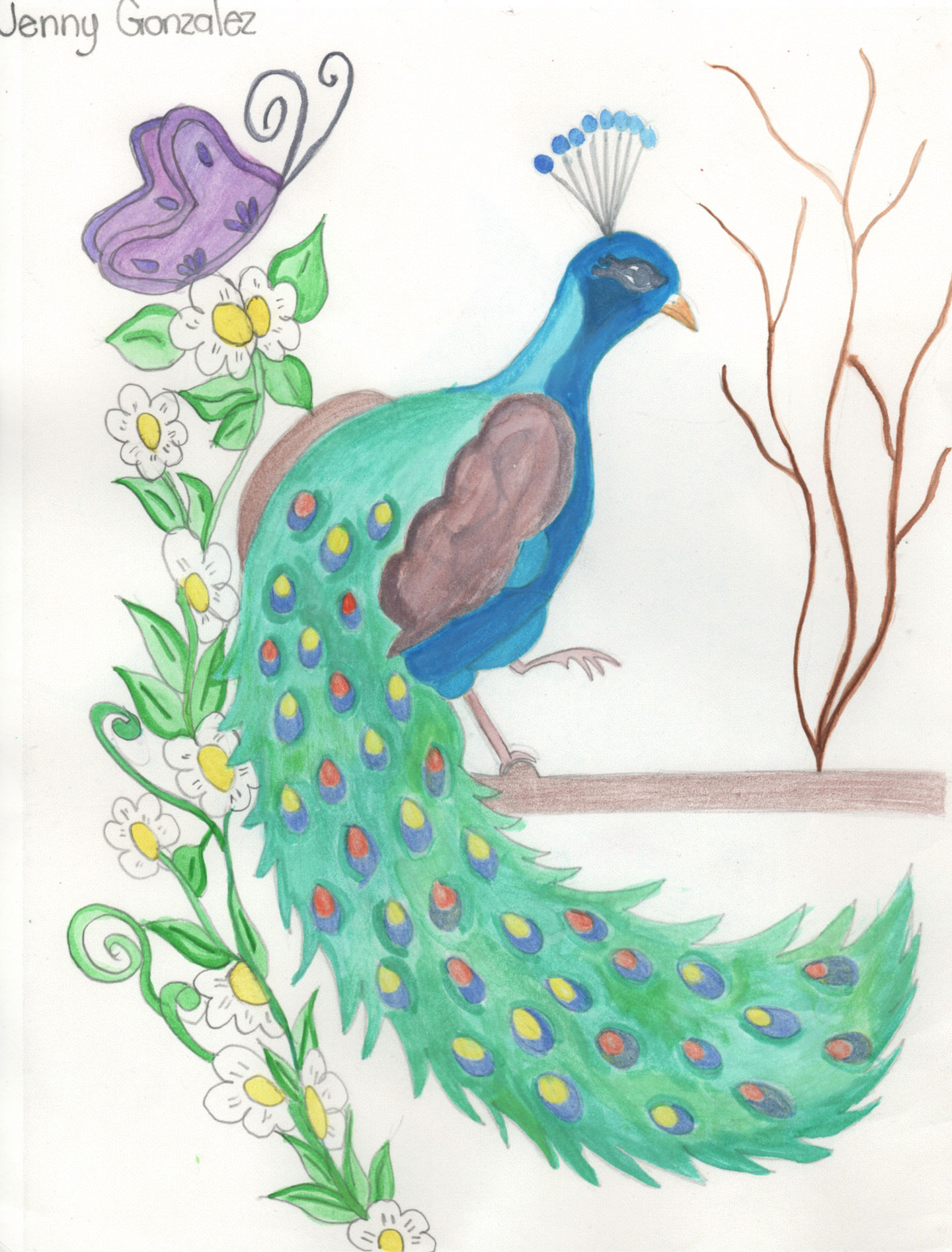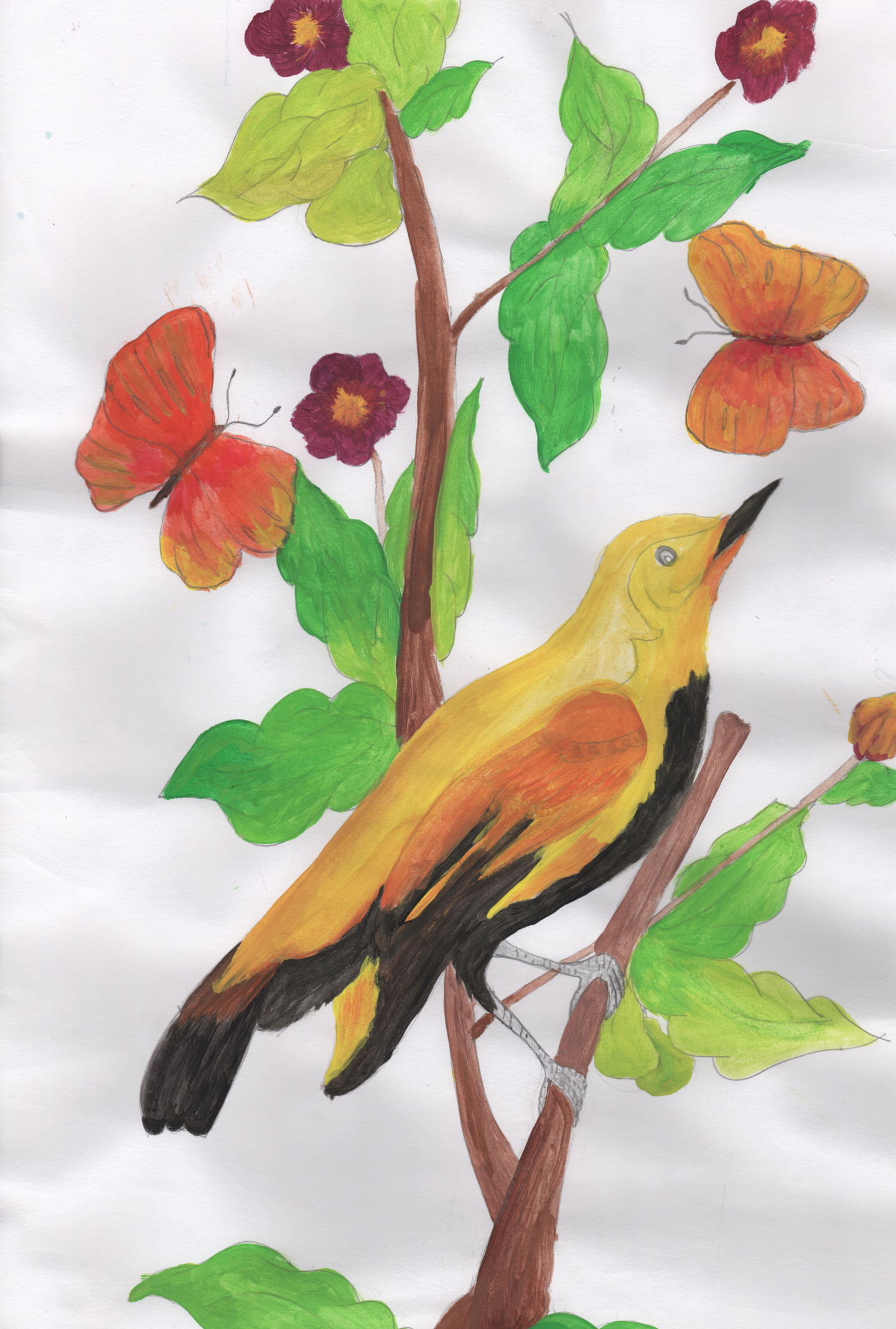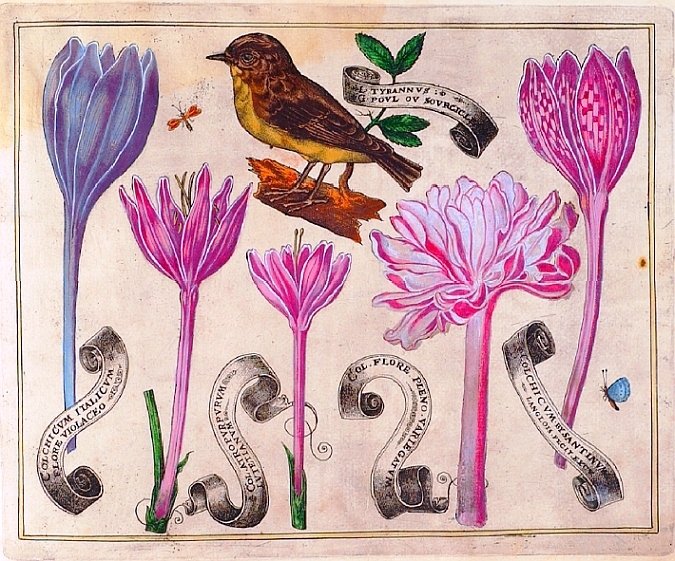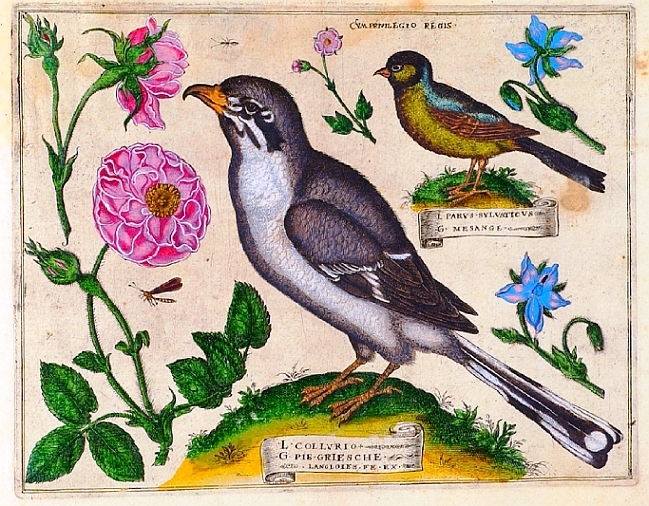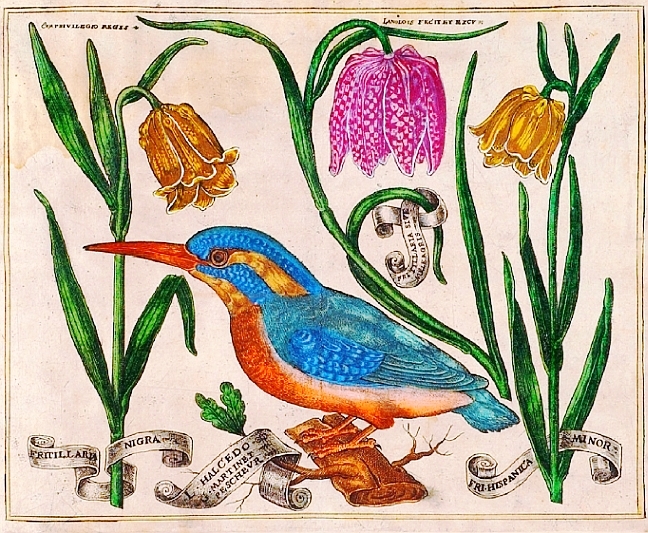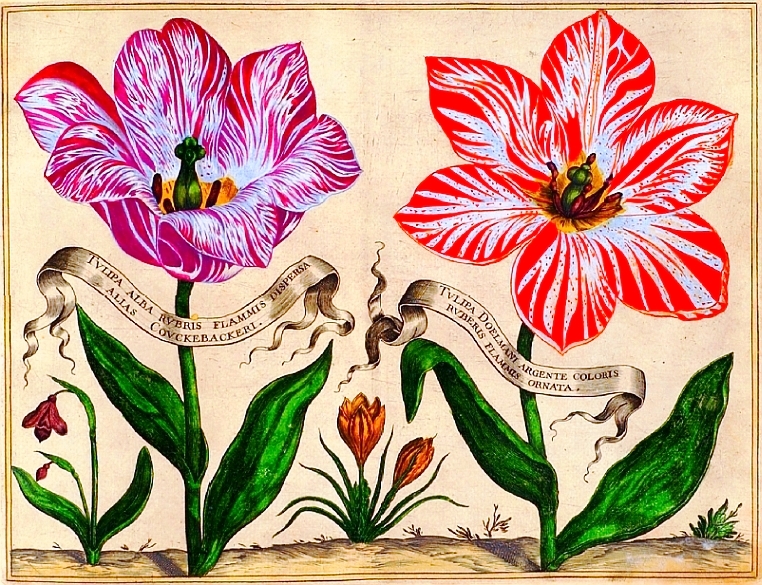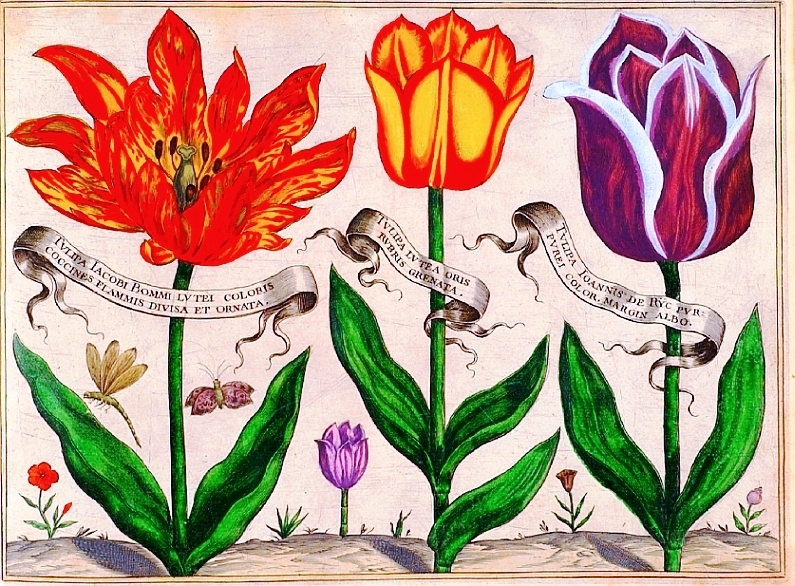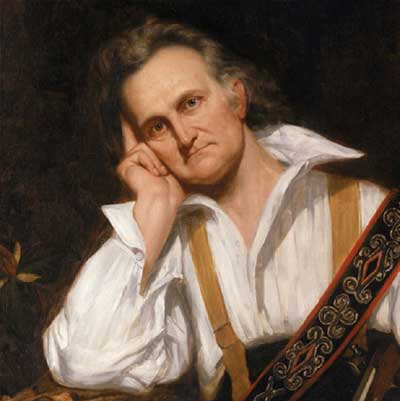
Birds have fascinated artists throughout the ages. John Audubon drew and painted thousands of birds culminating in a book called Birds of America. John ventured into the American frontier, artists and naturalist, he painted detailed illustrations of birds in their native habitat. His painting often showing the subject in dramatic poses that became a signature of his work. His book became especially popular in England and Scotland where he traveled a lot to look for engravers who could reproduce his work for print. While there he exhibited his paintings too much applause from people who’ve seldom seen images from America. Cameras were not invented for another 50 years and Europeans were very interested in the wild American frontier. There they revered Audubon as the “American Woodsman”.
Audubon’s Birds
Audubon was born in Haiti in 1785, his father was a Frenchman, a plantation owner, and Captain. In 1803 his father sent the 18-year-old to America to avoid the Napoleonic Wars and the Haitian Revolution of the late 1790s. He drew birds at an early age and was interested in nature, drawing, painting, and music. His masterpiece, Birds of America, is considered one of the greatest ornithological work ever created and lead to his fame. The word ornithology comes from the Greek word ornis, which means bird. In modern-day, his name has is synonymous with birds, in fact, it was used to establish the National Audubon Society in his honor, an organization created to protect birds and their natural environment.
Watch how you can draw and paint complex images of birds by creating dark areas and light areas within each shape. Depending on which material you are using, apply the appropriate technique to make the color appear to gradually get lighter creating the illusion of highlight and shadow.
FattaCast™ | Pencil Sketch Bird
FattaCast™ | Color Pencil Bird
FattaCast™ | Watercolor Bird
Student Bird Works
Botanical Illustration
Botanical illustration combines the art of painting pictures depicting plants, flowers, and fruit. Requiring attention to detail, artists render the subject to depict the various parts of the plant. Scientific illustrations are highly detailed drawings depicting subjects from biology, geology, engineering, and require a high degree of detail. Before the camera was invented and made commercially by 1888, many artists devoted their practice to scientific representation.
Un-Packed Vocabulary Terms
Ornithology, ornis in ancient Greek means bird, the study of birds, a branch of zoology.
Botany, the scientific study of plants, including their physiology, structure.
Anatomy, the physical structure of an animal, the parts of the animal’s anatomy.
Shape, the outline of an area or a form, the space made from the borders of a linear circuit.
Form, the appearance of a 3-dimensional object under light, showing highlights and shadows.
Shade, the lightness or darkness of a color or a tone.
Value, the lightness or darkness of a color or a tone.
Gradient, a gradual change in color from dark to light or from color to color.
Texture, the appearance or feeling that an object’s surface has tactile qualities, such as fuzzy or silky.
Pattern, the repetition of decorative elements such as line, shape, color, theme, or design.
Detail, small items, parts or decorative features of design or work.
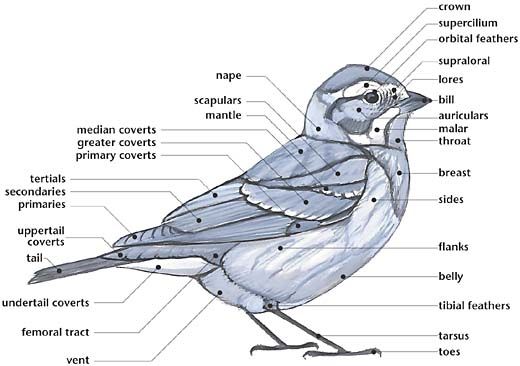
I can assess, refine, and evaluate my drawings by comparing them to established criteria listed within the project and in the project rubric and adding attributes that are missing or need more refining.

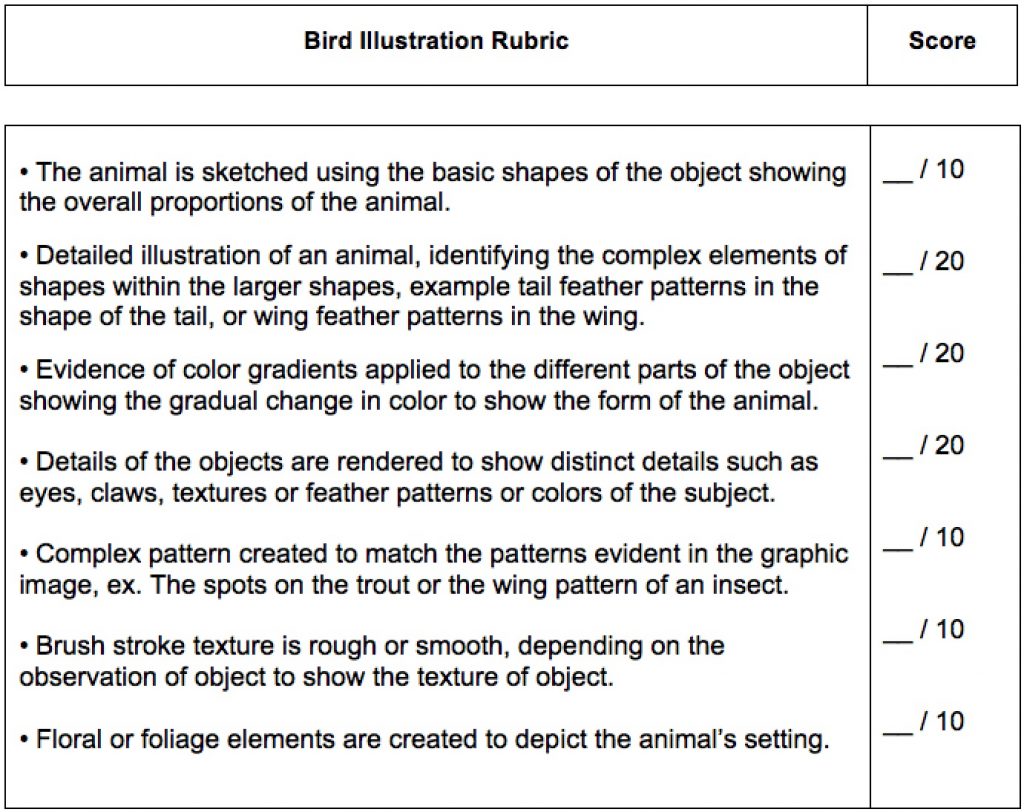
The National Core Arts Standards The Visual Arts Standards provide learning progressions from Pre k-12.
Creating
VA:Cr1.1.HSI Use multiple approaches to begin creative endeavors.
VA:Cr1.2.HSI Shape an artistic investigation of an aspect of present-day life using a contemporary practice of art or design.
VA:Cr2.1.HSI Engage in making a work of art or design without having a preconceived plan.
VA:Cr3.1.HSI Apply relevant criteria from traditional and contemporary cultural contexts to examine, reflect on, and plan revisions for works of art and design in progress.
Presenting
VA:Pr.4.1.HSI Analyze, select, and curate artifacts and/or artworks for presentation and preservation.
VA:Pr5.1.HSI Analyze and evaluate the reasons and ways an exhibition is presented.
Responding
VA:Re7.1.HSI Hypothesize ways in which art influences perception and understanding of human experiences.
VA:Re7.2.HSI Analyze how one’s understanding of the world is affected by experiencing visual imagery.
VA:Re9.1.HSI Establish relevant criteria in order to evaluate a work of art or collection of works.
Connecting
VA:Cn10.1.HSI Document the process of developing ideas from early stages to fully elaborated ideas.
VA:Cn11.1.HSI Describe how knowledge of culture, traditions, and history may influence personal responses to art.
National Core Arts Standards Visual Arts include the traditional fine arts such as drawing, painting, printmaking, photography, and sculpture; media arts including film, graphic communications, animation, and emerging technologies; architectural, environmental, and industrial arts such as urban, interior, product, and landscape design; folk arts; and works of art such as ceramics, fibers, jewelry, works in wood, paper, and other materials.
